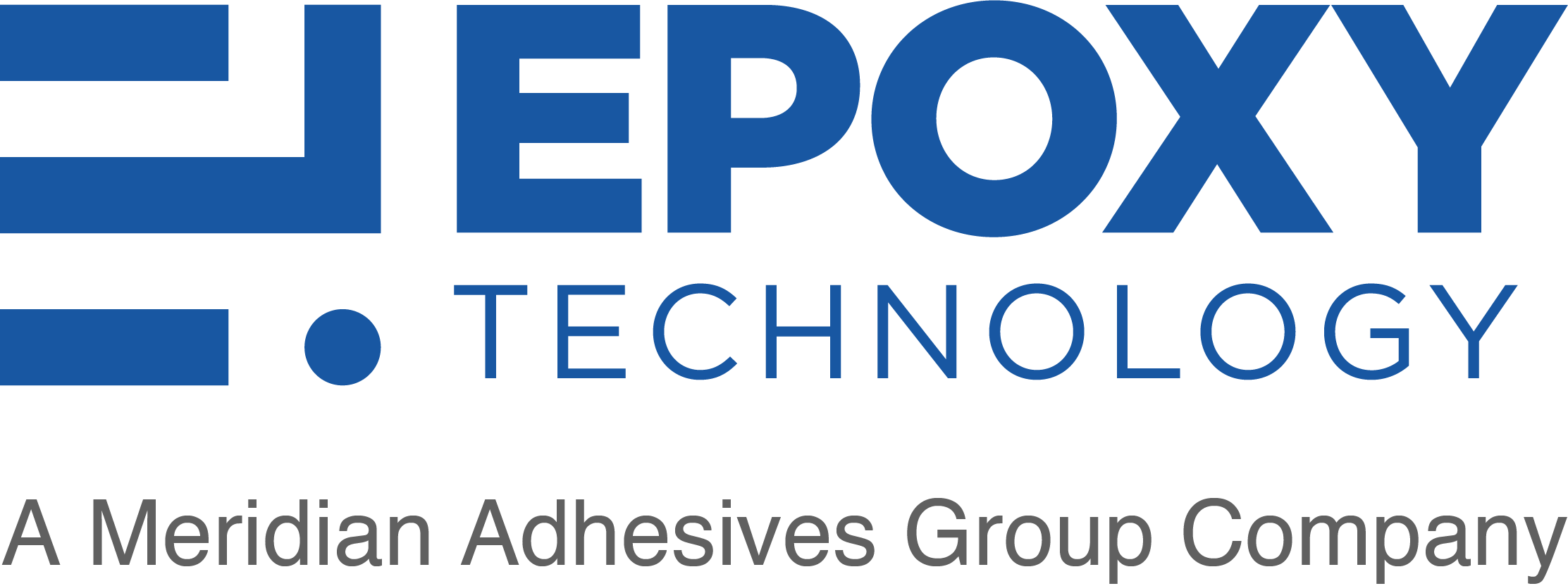The maximum resistance allowed between a pin and the socket contacts of a connector when assembled and in use.
Contaminant
An undesirable material that can adversely influence the properties of a material or the quality of a product. A contaminant can be liquid or solid.
Continuous Tape
A TAB tape handling scheme that uses a continuous reel of polyimide tape to mount and carry TAB components through the assembly process. Typically, the tape width conforms to industry standards, with 35mm, 48mm, and 70mm widths being the most common.
Convection
The transmission of thermal energy from a hotter region to a cooler region through a moving fluid such as air or water.
Coplanarity
The maximum distance between the lowest pin and the highest pin when a package rests on a perfectly flat surface.
Corrosion
A chemical action that causes the gradual deterioration of the surface of a metal by oxidation or chemical reaction.
Cross-Link
Tying together large molecules and hence changing the physical properties of material. Cross-linking usually involves formation of three dimensional molecular network and is customarily associated with thermosetting resins.
Ceramic
An inorganic, nonmetallic material. Examples include alumina or glass-ceramic. Ceramics are often used in forming ceramic substrates for the packaging of semiconductor chips.
Ceramic Ball Grid Array (CBGA)
A ball grid array package with a ceramic substrate.
Ceramic Column Grid Array (CCGA)
The same as CBGA except the solder balls are replaced by solder columns. The advantage of columns is that the inherent flexibility of the columns help compensate for CTE mismatch between the ceramic component and the FR-4 board. Columns are required rather than solder balls for components greater than 25mm square.
CFC
A chlorinated fluorocarbon that can cause ozone layer depletion. The use of CFCs is restricted by the Environmental Protection Agency. CFCs are primarily used in air conditioning and refrigeration, foam insulators, and cleaning solvents.
Chalking
Formation of a dry powdery chalk-like appearance or deposit on the surface of a material. It is due to a breaking down of the material after being exposed to ultraviolet light, or other weathering.
Chip
The individual circuit or component of a silicon wafer. The leadless form of an electronic component part, either passive or active, discrete or integrated.
Chip Carrier
An integrated circuit package that is usually square and may possess a cavity for a chip in the center and whose connections are typically on all four sides.
Chip-on-Board (COB)
A configuration in which a chip is directly attached to a printed circuit board or substrate by solder or conductive adhesives.
Circuit
The interconnections of electrical elements and devices that perform a desired electrical function.
Cladding
Material that surrounds the core of an optical fiber. Its lower index of refraction, compared to that of the core, causes the transmitted light to travel down the core.
Clarity
Degree of clearness in a cured epoxy system.
Cleaning
An operation involving the removal of flux residues and other contaminants from the surface of a PCB assembly.
Closed-Cell Foamed Plastic
A cellular plastic in which there is a predominance of noninterconnecting cells.




